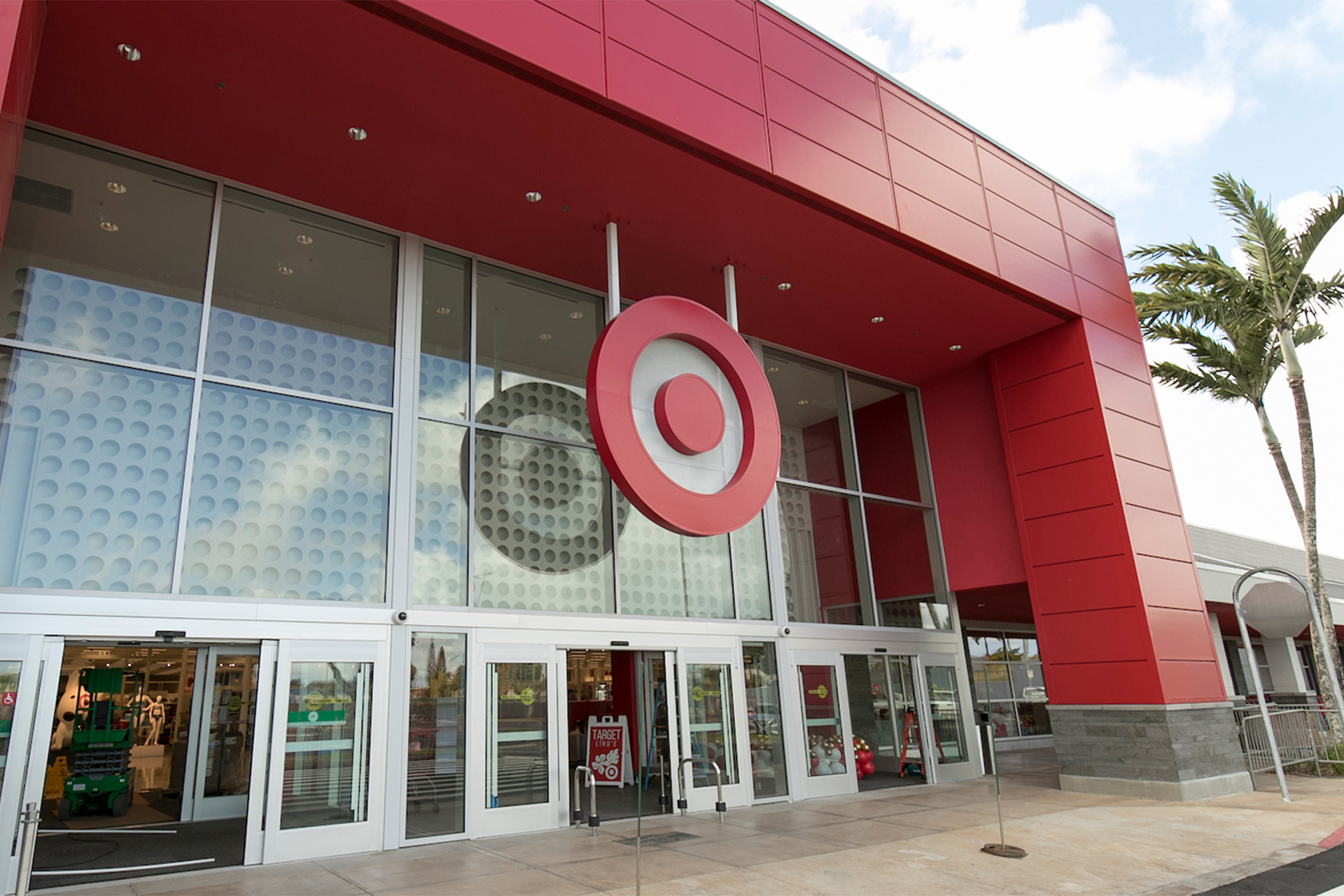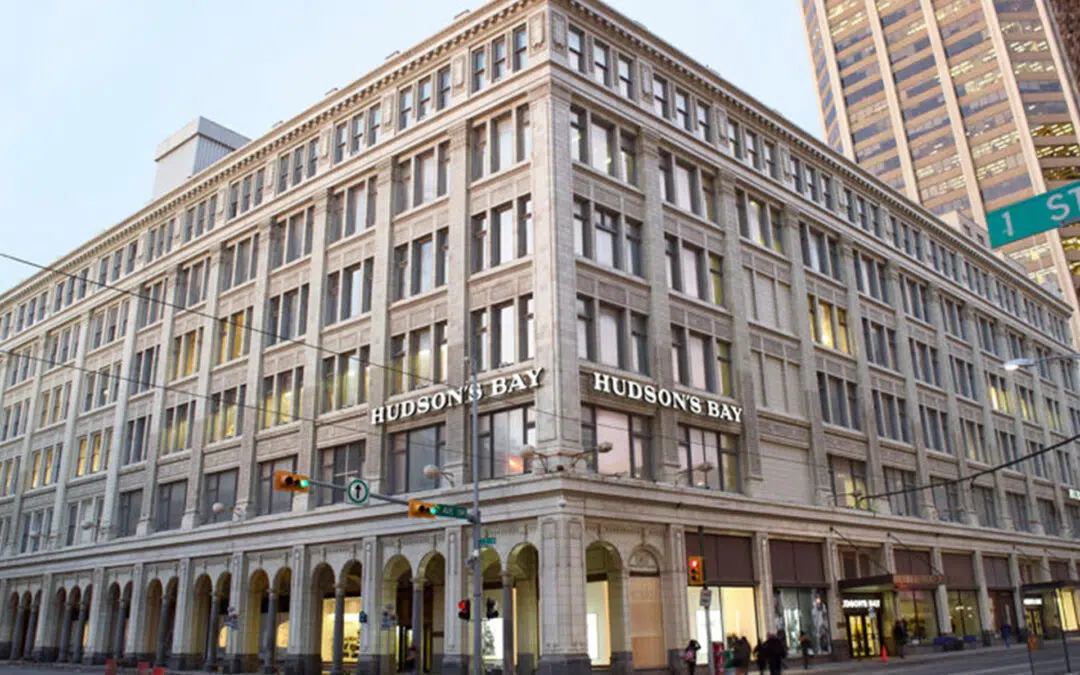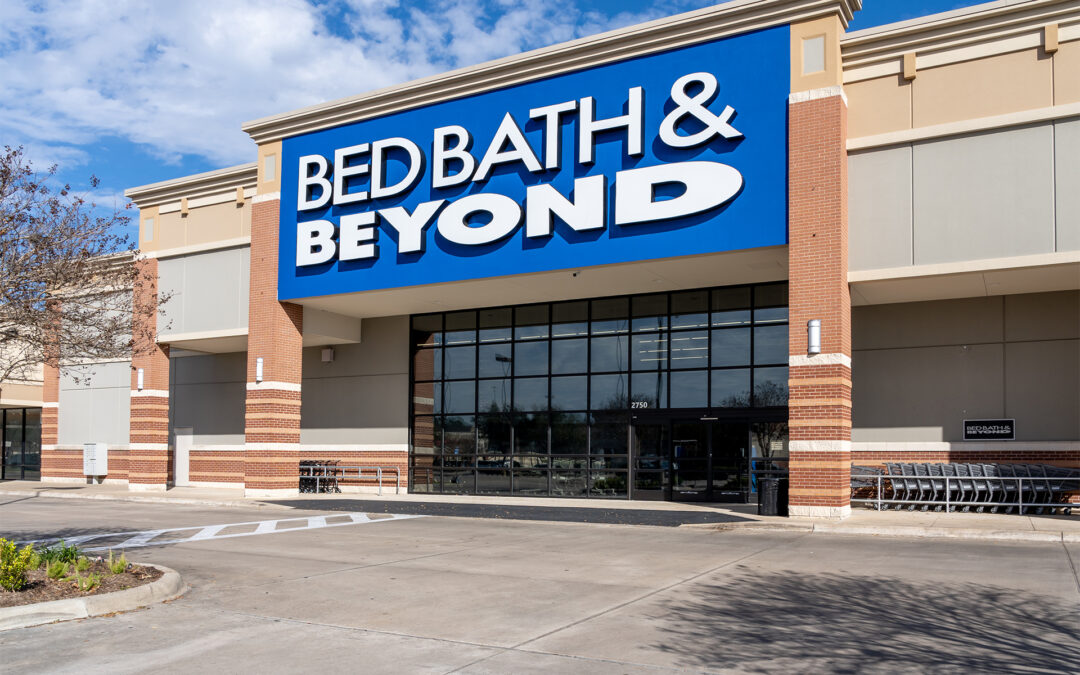According to traffic tracker Placer.ai, Target Deal Days have advanced since the company first launched the event in 2018 to compete with Amazon’s Prime Day, and the recent variation held October 6-8, almost a week before Amazon’s first-ever Prime Early Access Sale, pushed significant additional traffic through its stores.
During the week of October 3-9, which included Deal Days, Target’s nationwide foot traffic increased 3.2% versus the comparable week in 2021, October 4-10 2021, or double the year-over-year increase of the previous week, Placer.ai noted. Last year’s October Deal Days took place October 10-12, so the 2022 October Deal Days week compares with a 2021 week with at least part of Deal Days as well. So Target made what Placer.ai described as impressive year-over-year in-store weekly visit gains despite the comparison to a particularly strong October in 2021.
Viewed on a daily basis, Target tends to see its nationwide visits peak on Saturday, so the retailer had traditionally held its Deal Days mid-week to generate traffic during the slower shopping period. The company began bucking the tradition in 2021, and held its Deal Days event partially over the weekend, with the sales event beginning on Sunday, October 10. This year marks the first occasion that a Deal Days event fell on Saturday, and foot traffic data demonstrates that the overlap with Target’s weekly visit peak gave this year’s event a significant boost. Comparing average daily visits per venue over the company’s October Deal Days in 2020, 2021, and 2022 provides evidence for the success of this year’s Deal Days timing, Placer.ai maintained, as October Deal Days drew almost 28% more average daily visits to Target stores than in 2021, and around 57% more daily visitors per venue than in 2020.
A comparison to the previous 4-week daily traffic average indicates that Target’s 2022 October Deal Days event results relative to previous years were not just due to a strategic calendar shift. Target nationwide traffic on Thursday, October 6 was 6.1% higher than that for the previous 4-week Thursday visit average, while Friday, October 7 foot traffic saw a 7.6% increase relative to the previous 4-week average for the day. The Saturday of Deal Days saw a 4% boost when compared to average visits over the previous four Saturdays, which is more significant if considered against how high Target foot traffic is on a typical Saturday, Placer.ai pointed out.
Perhaps even more impressive, the traffic tracker suggested, the Deal Days-driven visit increase on Saturday was sufficient to beat the Labor Day visit heights. Moreover, Target’s ability to attract so many visitors to its stores on a seemingly random Saturday underscores the power major retailers have to establish owned holidays that impact shopper behavior.





